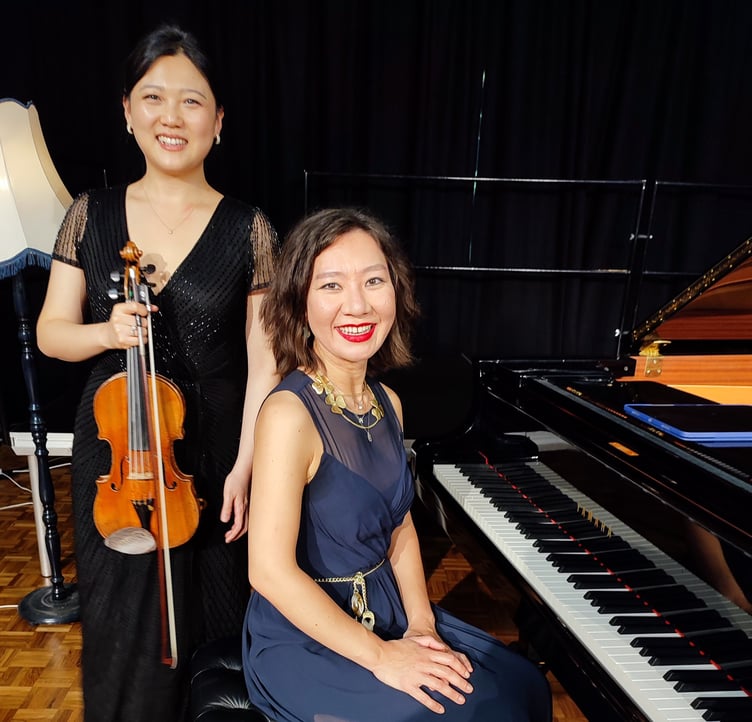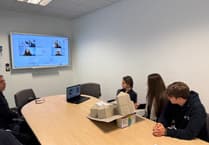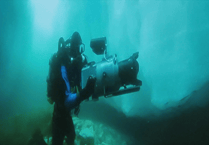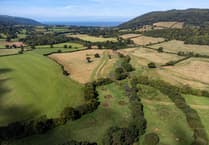It was two weeks ago that the Cret trio’s cellist was hospitalised. They had to cancel their tour from the USA, leaving Nadsa concerts with quite a problem, writes Jeff Collman.
But apparently, within a matter of just a few hours, Nadsa had booked not one but two internationally famous musicians, both of whom are based in London, to play at Newton Abbot’s Courtenay Centre on October 19.
The pair, Dina Duisen and Emily Sun, gave us a programme from familiar composers, indeed some very well-loved works, and a wonderful performance.
Mozart’s Sonata for violin and piano in E flat major provided a dramatic opening for the concert. There was bouncing life and vitality, but always with great feeling for the finer details of phrasing.
For a concert to be wholly successful, there needs to be a sense of rapport between performers and audience. As if the delightful rendering of Mozart by this duo was not enough, Dina, by way of introducing Emily, brought the audience to laughter. Her charisma charms.
I cannot have been the only audience member who was anticipating the Cesar Franck Sonata with some trepidation, - would I have my expectations fulfilled? The reality was, I became transported by the performers’ spirit and Franck’s melodies.
A solo performance, of something as familiar as Schubert’s Impromptu in B flat major, immediately becomes a situation of intense scrutiny. Such thoughts evaporated as Dina engaged us in the music’s lyricism. Each phrase or repetition was given its own identity and, with each variation, a significant change of mood. Unlikely that Schubert’s friends would have been any better served.
With Brahms’ Sonata for violin and piano No 3, the compositional fare is much meatier. From a subdued entrance, the dialogue erupts into drama where each instrument has its chance to shine - and shine they did. With the Adagio, the second movement, so many thoughts and feelings rushed through my mind.
The tempo set by the first few bars was restrained - how would this maintain the emotion of the melody? The answer was simply magnificently!
The deep warmth that Emily produced from her violin, [what one always hopes to get from a cello!] was enveloping us all. This was achingly emotive. The third movement, with its jaunty off-beat sections, comes as quite a surprising contrast even to present-day audiences.
However, it was the final movement with its rich tapestry of sounds and display of virtuosity, that provided the fitting climax for both composer and performers alike. Bravo!
Dina related to the audience how this was the fourth time she had performed for NADSA, and let slip that she would be back in September 2026.
I suspect there will be many in the audience who will ensure they save that date in their diaries.





Comments
This article has no comments yet. Be the first to leave a comment.